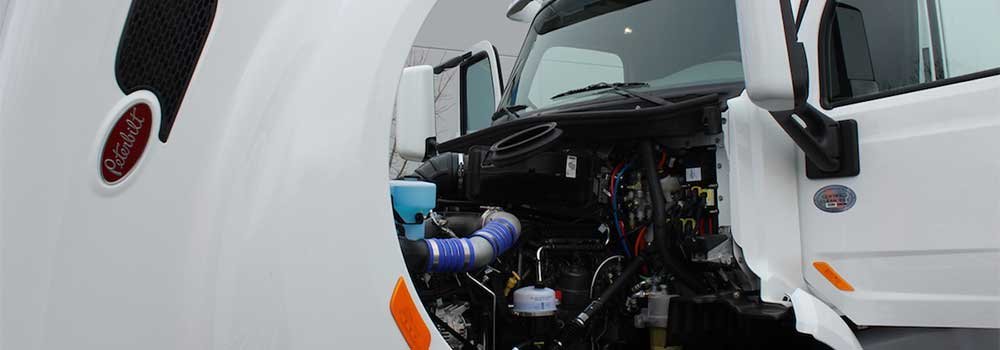As a truck driver, you know better than anybody how hazardous and unpredictable the weather can be. Maintaining vigilance and being ready for any weather when driving is crucial. Hazardous weather navigation calls for experience, planning, and care.
You may drive safely in all weather by doing a pre-trip check, maintaining vigilance and concentration, and adhering to several other recommended practices. This guide will review some of the finest safety procedures in every climate before you look for the temporary trip and fuel permits.
Pre-Trip Inspection

Every truck driver has to do a pre-trip examination before setting out on the road. Your and other drivers’ safety on the road may be greatly improved if you take the time to do a complete vehicle inspection before setting out.
You should also consider the weather along your route while making preparations. If you’re traveling through a region known for severe rain, snow, or other dangerous weather conditions, you should prepare your car accordingly.
Driving in Heavy Rain
Heavy rain makes driving difficult and dangerous. Driving in the rain requires additional care due to decreased visibility, wet roads, and the possibility of hydroplaning. Keep your headlights on and your visibility high using wipers and defroster.
You should try to stay away from sudden stops or turns that might cause your car to skid. Let other drivers know what you intend to do using your turn signals and brake lights. Consider stopping for the duration of a very strong downpour. Never put your safety in jeopardy.
Navigating Through Fog
In dense fog, it may be impossible to make out pedestrians or other cars. Driving in fog requires reduced speeds and dimmer headlights. Glare from high beams may make it difficult to see. If your car has fog lights, use them. Be aware of your surroundings, and don’t be afraid to honk your horn if necessary.
Only pass other cars or switch lanes if you have to. If the fog is very dense, it could be a good idea to pull over and wait for it to lift. Remember that your safety and the safety of other drivers on the road should always come first.
Handling Snow and Ice
Driving in the snow and ice calls for additional care and expertise. You should slow down and keep a safe following distance while driving in snow and ice. Put on your winter tires and some tire chains.
Drive slowly and carefully over bridges and overpasses since they might be icy. It’s also smart to bring along some essentials in case you are stuck in the snow or ice, including a blanket, torch, drink, and some nonperishable food.
Dealing with High Winds
Reducing your speed is essential for keeping your car under control while driving in strong winds. It may be challenging to maintain control of a huge truck or trailer while traveling in windy conditions. One of the best ways to keep your footing when driving is to keep both hands on the wheel.
Remember that overtaking other cars or driving near big rigs is dangerous. These vehicles may be blown about by the wind, putting you in harm’s way. Wait for the wind to quiet down or plan an alternative path if you need to pass another car.
You should stop driving until the winds calm down if you cannot maintain control of your car. It’s preferable to wait than to endanger yourself or other drivers with the temporary trip and fuel permits.
Dealing with Hail
Hail may be dangerous and damaging to your car. Stop and get off the road if the hail is too strong to drive through. Parking beneath a tree or an overpass reduces your visibility and increases the risk of an accident.
Cover your car’s windows with blankets or whatever else you can find if you don’t have access to shelter. This will prevent harm to your car and keep you safe on the road. You should wait for the hail to stop before continuing your drive if it’s causing discomfort.
Staying Alert and Focused
It’s important to always maintain awareness and concentration on the road, regardless of the weather. Don’t drive while talking on the phone, eating, or drinking. It’s riskier to drive with distractions like these around.
Another big factor that might impair your focus and reaction time while driving is fatigue. Getting rest and energy back is essential before starting a long journey. Do you find yourself dozing off while driving? Stop right now.
Conclusion
Extreme conditions need precision navigation, meticulous preparation, and constant monitoring. Doing a pre-trip check, being alert and focused, and following a few other best practices can allow you to drive safely in any conditions.
As a truck driver, keep in mind that your safety is always your first priority. You can lessen the risks of driving in poor weather and arrive at your destination safely with a little forethought and common sense.



